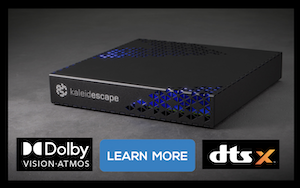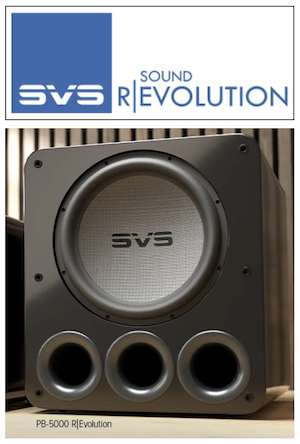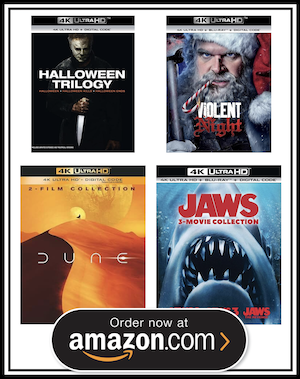Yamaha’s 2018 AVENTAGE RX-A 80 AV Receivers Feature Next-Gen AI and More
(Yamaha)(May 14, 2018) Yamaha says it’s “revolutionizing the home theater experience” with a bundle of advanced technologies embedded in its new AVENTAGE badged RX-A 80 Series of Network AV receivers. This year’s class features six models, including a refresh of the popular flagship A3000 model (RX-A3080), loaded with familiar design elements such as Yamaha’s proprietary anti-vibration fifth foot and frame-and-beam chassis construction.
One of the more interesting new technologies – Surround:AI – is found on the series’ top three models (RX-A1080, RX-A2080, and RX-A3080). Surround:AI is designed to deliver a “cleaner, more engaging listening experience,” by auto-adjusting volume levels on a scene-by-scene basis. The system constantly analyzes dialog, music, and sound effects, comparing them to a reference database of movie scenes. Following ultra-fast processing, audio levels are raised or lowered to enhance a viewing experience. This is particularly important for scenes where dialog might be difficult to hear, but also allows each receiver to deliver hard-hitting surround sound to match intense on-screen action.
All six receivers carry MusicCast Surround, a new iteration of Yamaha’s MusicCast platform, which enables wireless speaker integration in Surround Left and Right speaker positions. They also offer full compatibility with voice control complements of Amazon Alexa. That means commonly used control functions, such as play or skip, can be verbally initiated through a compatible device without a physical remote.
On the 4K video front, Yamaha has endowed all 2018 AVENTAGE receivers with support for HDR10, Dolby Vision, and HLG High Dynamic Range standards. Of course, they also can passthrough 4K/60Hz video with wide color and HDCP 2.2, allowing them to be fully compatible with all current 4K video requirements.
And on the wireless music front, all six receivers carry several streaming options, ranging from Bluetooth to Wi-Fi and MusicCast to AirPlay. Further more, they ship with onboard support for multiple music services, such as Pandora, Spotify, TIDAL, SiriusXM Internet Radio, Deezer, and Napster.
Cutting edge audio performance also includes onboard decoding of Dolby Atmos and DTS:X immersive audio codecs. In addition, both Dolby Surround and DTS Virtual:X can upconvert a range of legacy surround sound codecs for a modernized immersive-type experience.
The three most affordable RX-A 80 AVENTAGE models start with the 7.2-channel RX-A680 ($600), followed by the RX-A780 ($699) and RX-A880 ($999). The RX-A880 also presents 7.2-channel performance, but with 100 watts per channel of power, seven HDMI inputs, two HDMI outputs, and YPAO room correction with Precision EQ multi-point calibration.
The 7.2-channel RX-A1080 ($1,299) and 9.2-channel RX-A2080 ($1,699) deliver 110 watts and 140 watts per channel, respectively, along with advanced ESS SABRE 32-bit digital to analog converter performance and three HDMI outputs. And the flagship RX-A3080 ($2,199) brings full 11.2-channel processing and 150 watts per channel of power to the table. Like past immersive sound AVENTAGE flagship models, owners wishing to operate a full 7.2.4 immersive sound speaker arrangement will need to recruit the help of a 2-channel external amplifier.
The RX-A680 and RX-A780 are scheduled to ship in May, while the RX-A880 will become available in June. Those looking for the higher-end features found on the RX-A1080, RX-A2080, and RX-A3080 will need to wait for a July release date.
Last edited:











